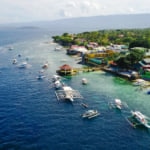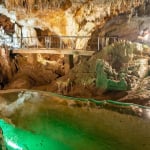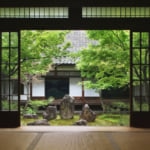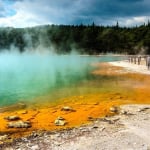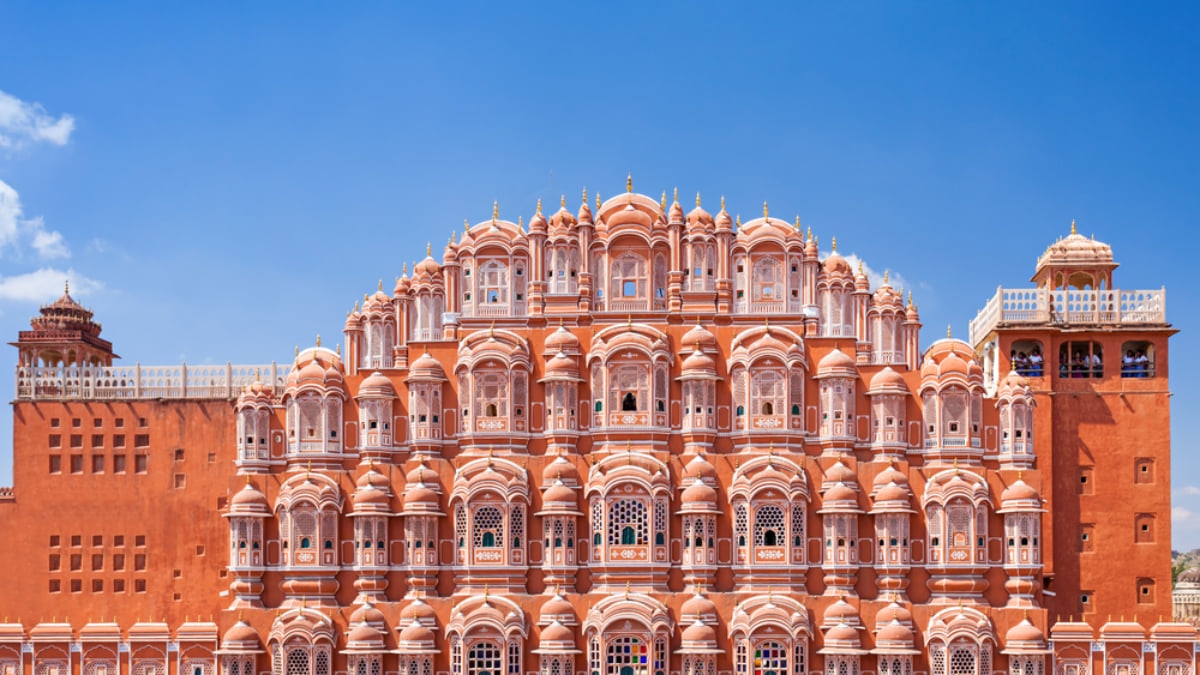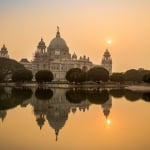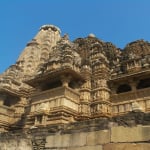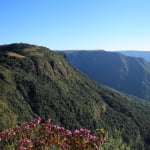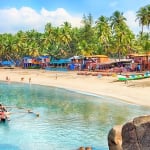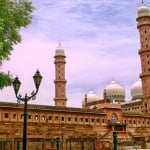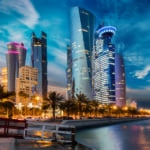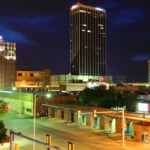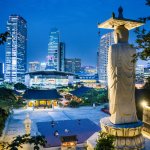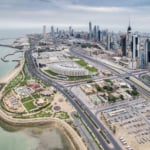Overflowing with historical sights, Jaipur is a culturally vibrant city in Rajasthan that shines a bright spotlight on the region's rich and noble past. Popularly known as the Pink City, Jaipur's relative proximity to the capital of India, New Delhi, and Agra makes it a prominent stop in the 'Golden Triangle.' A must-do journey when traveling in North India, the Golden Triangle is all about appreciating the Taj in Agra, Delhi's modern meet ancient aura, and Jaipur's vintage feel. It is a vacation that promises unusual sights to impress the most ardent of tourists.
A day in Jaipur is bound to be eventful. To make it a tad more straightforward, it's best to hire a cab for the entire day. The more courageous can do the same by hiring an auto-rickshaw, which ply throughout the city and its winding streets.
table of contents
[x] close
How to Spend 24 Hours in Jaipur, India’s Pink City
Sunrise
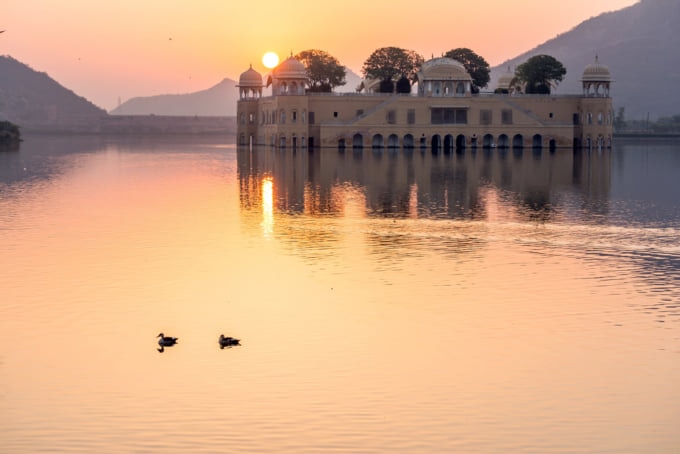
Photo by Wan Fahmy Redzuan/Shutterstock
The first stop on your 24-hour Jaipur itinerary should be Rawat Mishthan Bhandar. Situated close to the railway station in the city, they are known for serving the best kachoris in town. This flaky and fried snack is a savory favorite, bursting of tasty zinginess that has made Rawat a legendary eatery in the city. The restaurant opens at 6 AM, and it's worth being early if you want to avoid the crowds and later catch the sunrise at the most scenic spot in Jaipur, the promenade overlooking Jal Mahal.
Bordering the Man Sagar Lake, this entire strip comes alive with bird sounds in the morning, mixed harmoniously with that of city workers sweeping the area. In the middle of the lake is Jal Mahal, a five-story palace built-in 1799, that is no longer open to the public. At times when the lake is full, three stories of this beautiful Rajasthani residence lie underwater, and yet its allure makes thousands of tourists come to see it from afar.
The morning time is when locals feed the birds and fish in the lake, buying bread or fish-food from street vendors nearby. At the same time, these warm moments are celebrated by couples wanting pre-wedding photoshoots. You are more than likely to find a few brides and grooms-to-be being choreographed by photographers along the stretch on any given day.
Morning
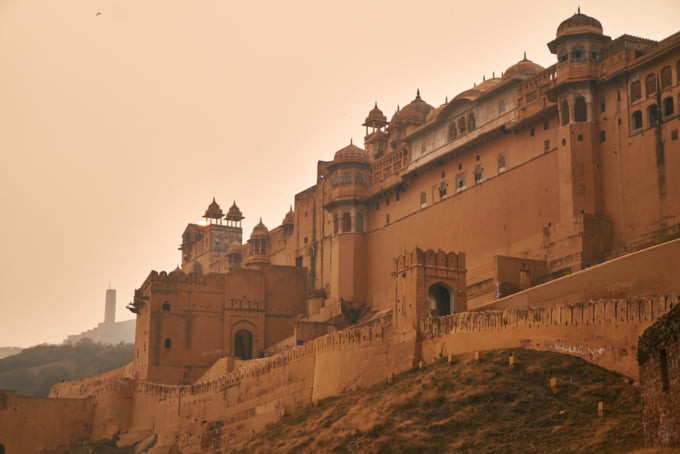
Photo by Kravtzov/Shutterstock
Once you've walked off your breakfast, it's time to head on out and explore the highest fort of Jaipur, Amer Fort. Built by the Meenas in the 960s, this hilltop fort is a classic reminder of Jaipur's importance in history. Travelers wanting to explore the fort can either climb up the 200 steps or ride a ramp on an elephant's back. Inside, Amer Fort is a maze of rooms, courtyards, and tunnels, each one having a purpose, exquisite architecture, and stories that never fail to fascinate. While it's easy to spend half a day admiring Amer's treasures such as the Sheesh Mahal, a palace of mirrors, short on time, a couple of hours are enough to get a feel of the fort's lively heritage.
Following a visit to Amer Fort, take a short hop to the nearby Panna Meena ka Kund. Stepwells were an integral part of life in Rajasthan, and architecturally these water reservoirs were brilliant in their design and formation. Panna Meena ka Kund was built in the 16th century and served as a meeting place for locals. While it now lies desolate, the symmetry of the stepwell makes it a unique photo spot.
Noon
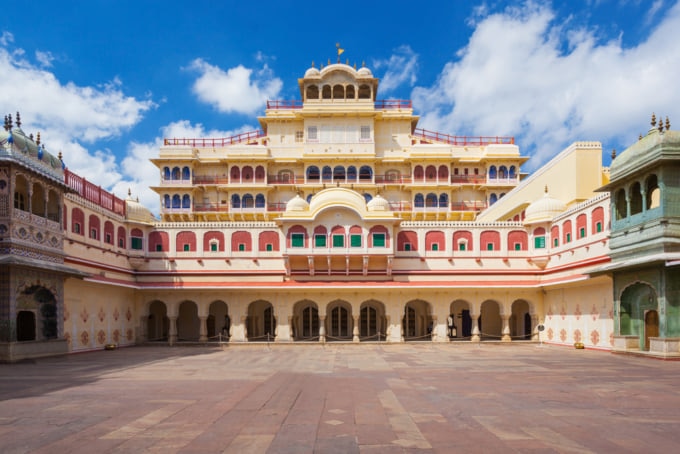
Photo by saiko3p/Shutterstock
From Amer, it is roughly a half-hour drive to the Pink City. The center of Jaipur, all the houses and buildings within the gates, are colored a specific shade of pink. It is also here that one can visit three of the most popular tourist spots in Jaipur. The Jantar Mantar, City Palace, and Hawa Mahal are equally iconic, architectural marvels that will astound and amaze you beyond belief. Since all three buildings are close to each other, it's best to park in one spot and cover them on foot. Moreover, they are the most touristy attractions of Jaipur, and an early visit can allow you a somewhat quiet and less crowded experience.
The Palace of Winds is probably the most well-known of Jaipur's monuments. It comprises of 953 small windows, called jharokhas, done in classical Rajasthani design through which royal women in the past would watch processions on the road. Make sure you climb up the Hawa Mahal for beautiful panoramic city views.
Jantar Matar, on the other hand, comprises of 19 large-sized astronomical instruments that will definitely impress those interested in science and cosmology. Construction of the Jantar Mantar finished in 1734, and this UNESCO World Heritage Site is famous for having the world's largest sundial.
The City Palace is now a mix of modern and ancient visions. While on one side, you will see cafes and shops here, the main draws are the museums and culturally relevant artifacts on display throughout the property. Built in 1727 by Maharaja Sawai Jai Singh II, the palace highlights the monetary and traditional wealth of the city's royal legacy.
Afternoon
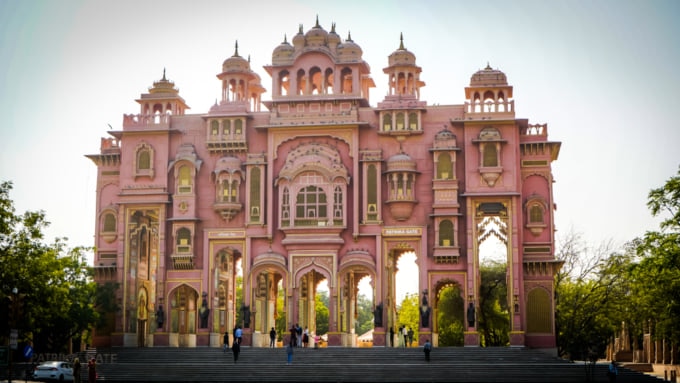
Photo by Mohd Abusbaih/Shutterstock
Once you have visited the three monuments, it's time to do some shopping. Johri Bazaar and Bappu Bazaar are both nearby and packed with small shops selling everything from Rajasthani jutis to handcrafted souvenirs such as tie and die umbrellas, blue pottery, and embroidered bed sheets. Shopping in Jaipur can be very tempting as everything is so bright and elegant. Do remember to bargain a little since most places hike up the prices when catering to tourists. Not wanting to waste any time, it is worth picking up some snacks while walking the streets of the bazaars in the afternoon to keep yourself energized.
One last stop to make before evening sets in is Patrika Gate. Another beautiful setting, known for fashion and Instagram shoots, the gate has the most vibrant interiors with pillars, walls, and the ceiling hand-painted with images that underline the artistic history of Rajasthan.
Evening
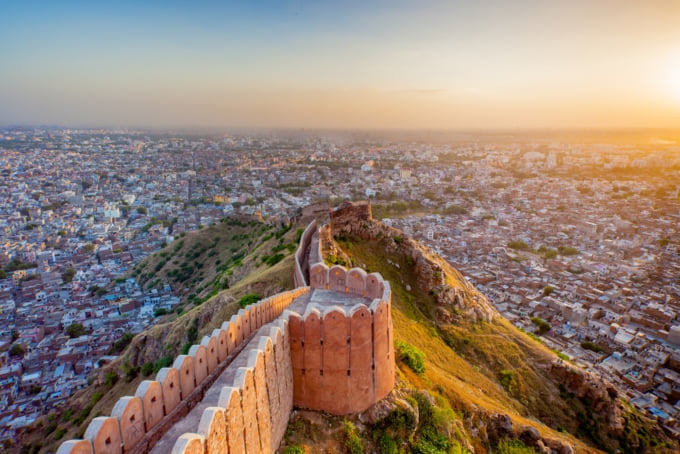
Photo by Sean Hsu/Shutterstock
Come evening, and you will need to once again head towards the other end of Jaipur for Nahargarh Fort. Jaipur has three forts in total, with Amer being the most famous. However, Nahargarh offers visitors truly majestic city views, especially at sundown. Many tourists and locals drive up to the fort around this time, to admire the scenes and watch the city light up, one bulb at a time.
On your way back from the fort, make a quick stop once again at the promenade along Man Sagar Lake. In complete contrast to the morning, the boardwalk in the evening is chock-a-block full of street sellers. You'll find bargain buys here, such as bags, shirts, cheap toys, and yummy street food. While the quality of these products is a little dubious, the prices are low, and they do make for fun souvenirs to take home.
Night
Drained from all the walking and sightseeing, it's time for a relaxing dining experience next. Shikaar Bagh has a beautiful and serene setting that includes a lodge-like building with a little garden out front. Diners can sit inside in a hunting lodge-like room with old guns in display cabinets. Else, they can enjoy the pleasant weather by occupying one of the carriages that have been converted into a sitting booth. The menu at Shikaar Bagh comprises of international and Indian dishes. Ordering their roast chicken broth, maas ka soola kebabs, and bacon and pepperoni pizza is the perfect way to end your day in Jaipur on a high.
Late Night
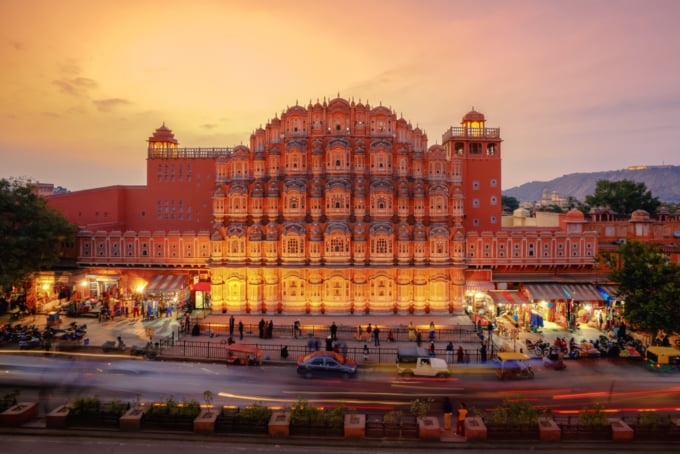
Photo by Kawin K/Shutterstock
Finally, en-route to your hotel after a filling meal, make sure you drive through the Pink City, which is lighted up post evening. Watching the Hawa Mahal sparkling bright in the night is an unforgettable sight, one that you are bound to remember forever.
Conclusion
Unlike many other state capitals, Jaipur is relatively smaller and easily navigable. Certain areas of the city do get crowded in the evening, but it's still possible to see its prime tourist points in a day. The only challenge is to pull yourself away from the imposing beauty at each location, only to be engulfed with another wonder at your next stop.

